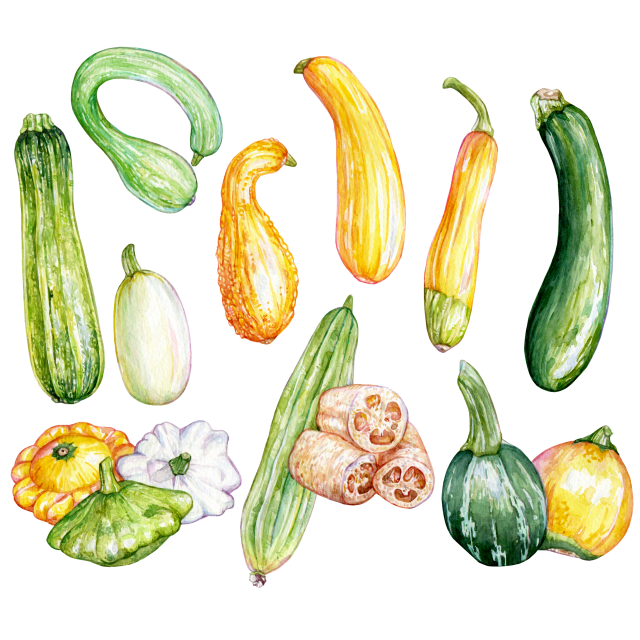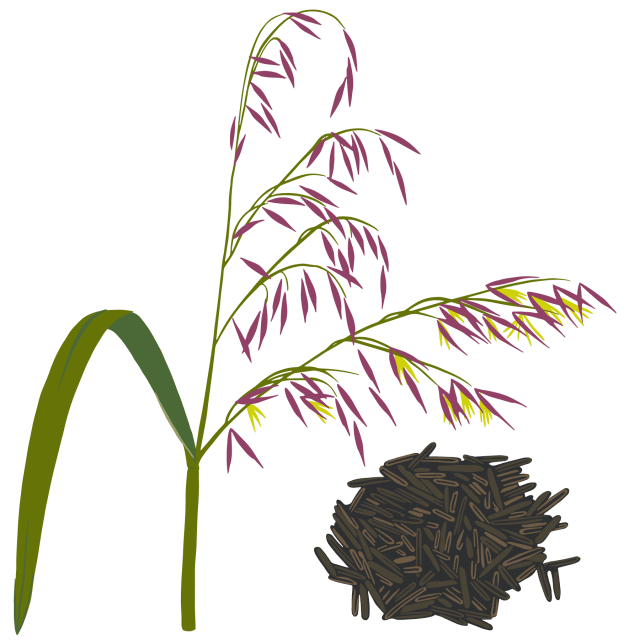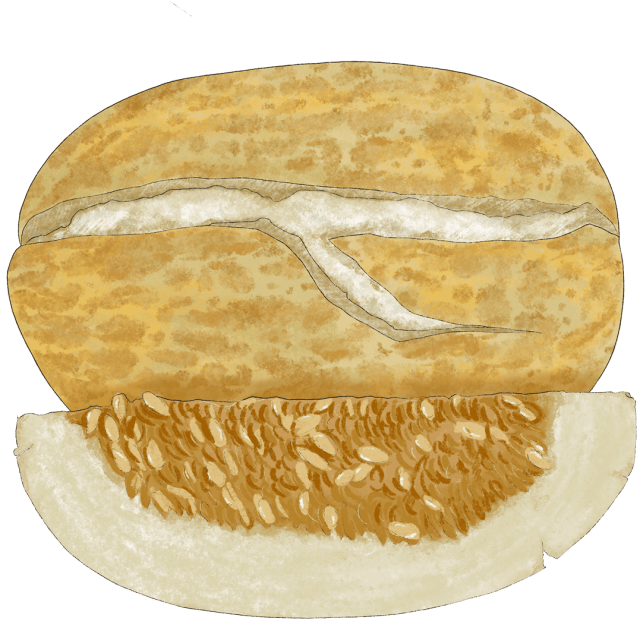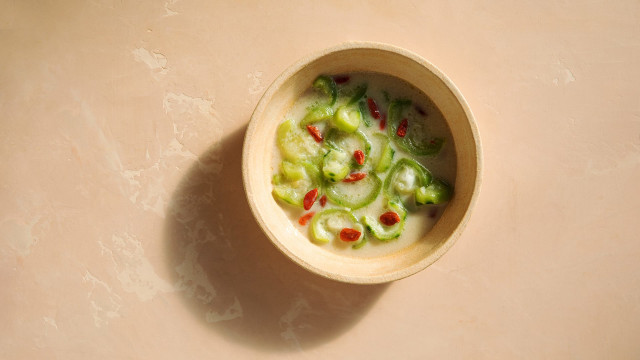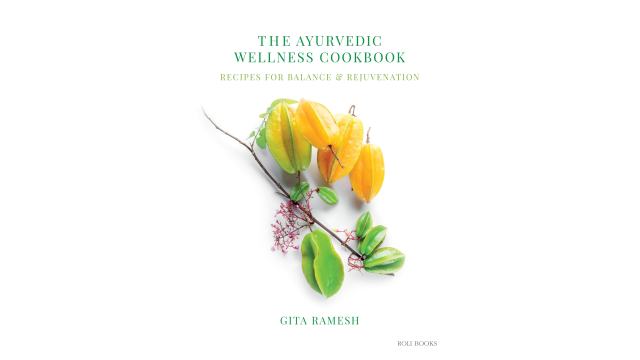Winter Squash
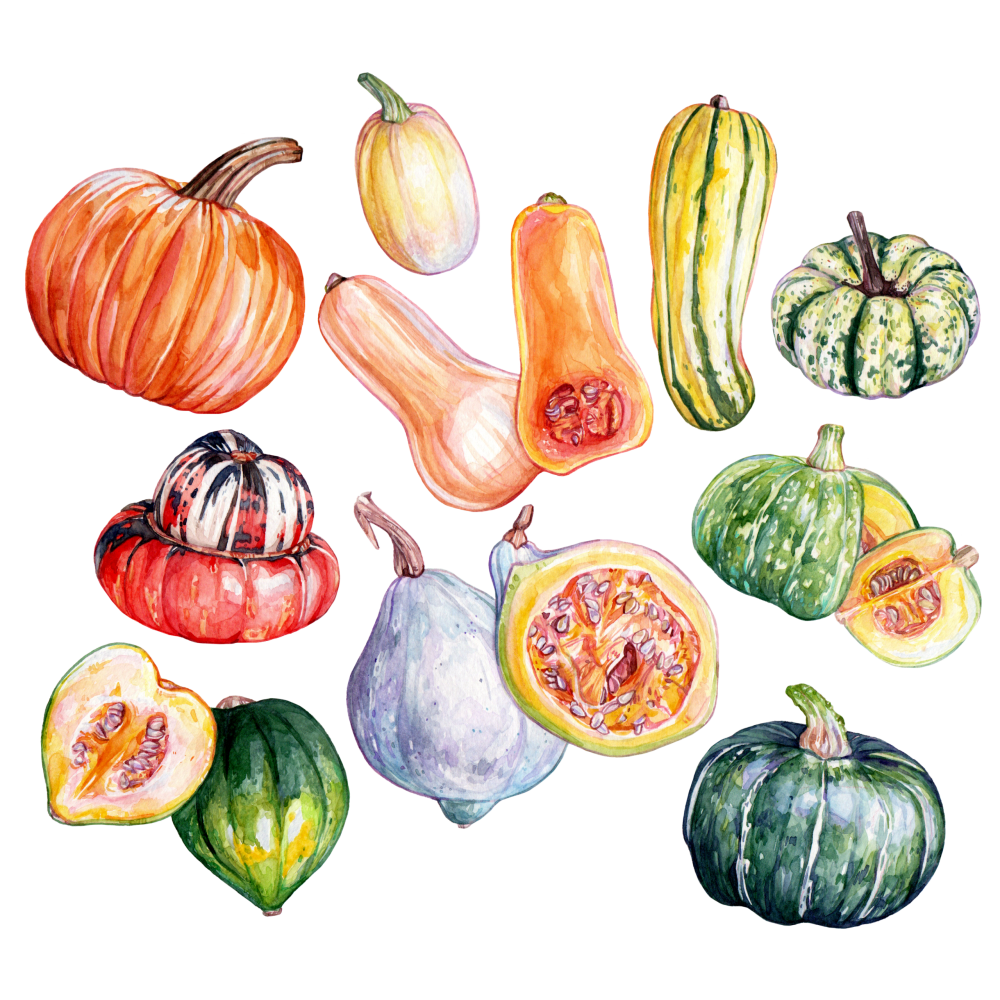
Latin name: Cucurbita pepo, C. moschata, C. maxima, and C. argyrosperma
Other names: pumpkin
Uses: vegetable, seeds
What is winter squash?
Like their kin the summer squash, winter squash are cucurbits, but they have a thick rind that allows for storage into the cold season. Though there are dozens of different winter squash varieties eaten worldwide, only a dozen or so are widely available in the US. Firm-fleshed cultivars like pumpkin, butternut, acorn squash, delicata, Hubbard, turban, and kuri can all be used interchangeably (spaghetti squash is an oddball with more specialized talents).
Why is winter squash healthy?
Winter squashes share copious vitamin A, C, potassium, and fiber with their summer siblings, however winter varieties contain more vitamins, particularly vitamin C, and are slightly higher in natural sugars. Squashes are filling, with a low glycemic index, and their bright yellow-orange hues mean they’re packed with carotenoids. Don’t throw out the seeds! They contain many disease-fighting phytonutrients.
What does winter squash taste like?
Though there is some variation in the specifics, most winter squashes have a vegetal, slightly fruity-sweet, nutty flavor and firm flesh that ranges in color from yellow to saffron-red. Spaghetti squash has a milder, grassier flavor and its pale-yellow flesh has a stringy texture when cooked.
How do I use winter squash?
Winter squashes are such versatile ingredients — they love being roasted and simmered, and can even be eaten raw if they’re thinly shaved. Spaghetti squash has a fibrous texture; after roasting or steaming, gently scrape a fork across the flesh to make “spaghetti” that’s excellent with tomato sauce and cheese. Pumpkin seeds are a lovely addition to salads and baked goods, and you can use them in pesto and other sauces. They love Mexican flavors and sweet spices. You can also grind them to add body and richness to soups and stews like egusi, a West African dish.
What does winter squash pair well with?
They’re best pals with sweet spices, curries, and Ottoman/Middle Eastern flavors. Give them coconut milk and eggy vanilla custards; glaze them with miso or orange juice and honey; stew them in chocolatey mole. They also love autumn ingredients like caramel, apples and pears, dried cranberries and raisins, toasted nuts, sage and onions. Try roasting a whole pumpkin stuffed with saffron rice and dried apricots like Uzbeks do for a special occasion.
Where does winter squash grow?
All squash species originated in Mexico and Central America — along with beans and corn, squash is one of the Three Sisters of the indigenous American diet. China and India are the top producers globally, but winter squash can be grown in nearly every climate that has a warm season. Winter squashes grow from vines; to grow them in your own garden, offer a sturdy trellis for climbing.
How to buy winter squash:
Look for heavy specimens with no mushy spots, and keep them in a cool, dry place for long-term storage.
Fun winter squash fact:
Pumpkins have a strange habit of harboring women. There’s pumpkin eater Peter, who imprisoned his wife in a pumpkin shell, and there’s the story of Cinderella and her pumpkin carriage. Cinderella may have been adapted from the Persian folk tale “The Pumpkin Child,” about a couple who badly wanted a daughter. One day the mother noticed that the girl had turned into a pumpkin, but she cared for her gourd baby anyway, even though the neighbors and other kids made fun of her. Years later, a rich merchant’s son noticed the pumpkin rolling down the street and decided to follow it. He saw a beautiful girl climb out of its shell and fell in love. (Spoiler: she married him.)

